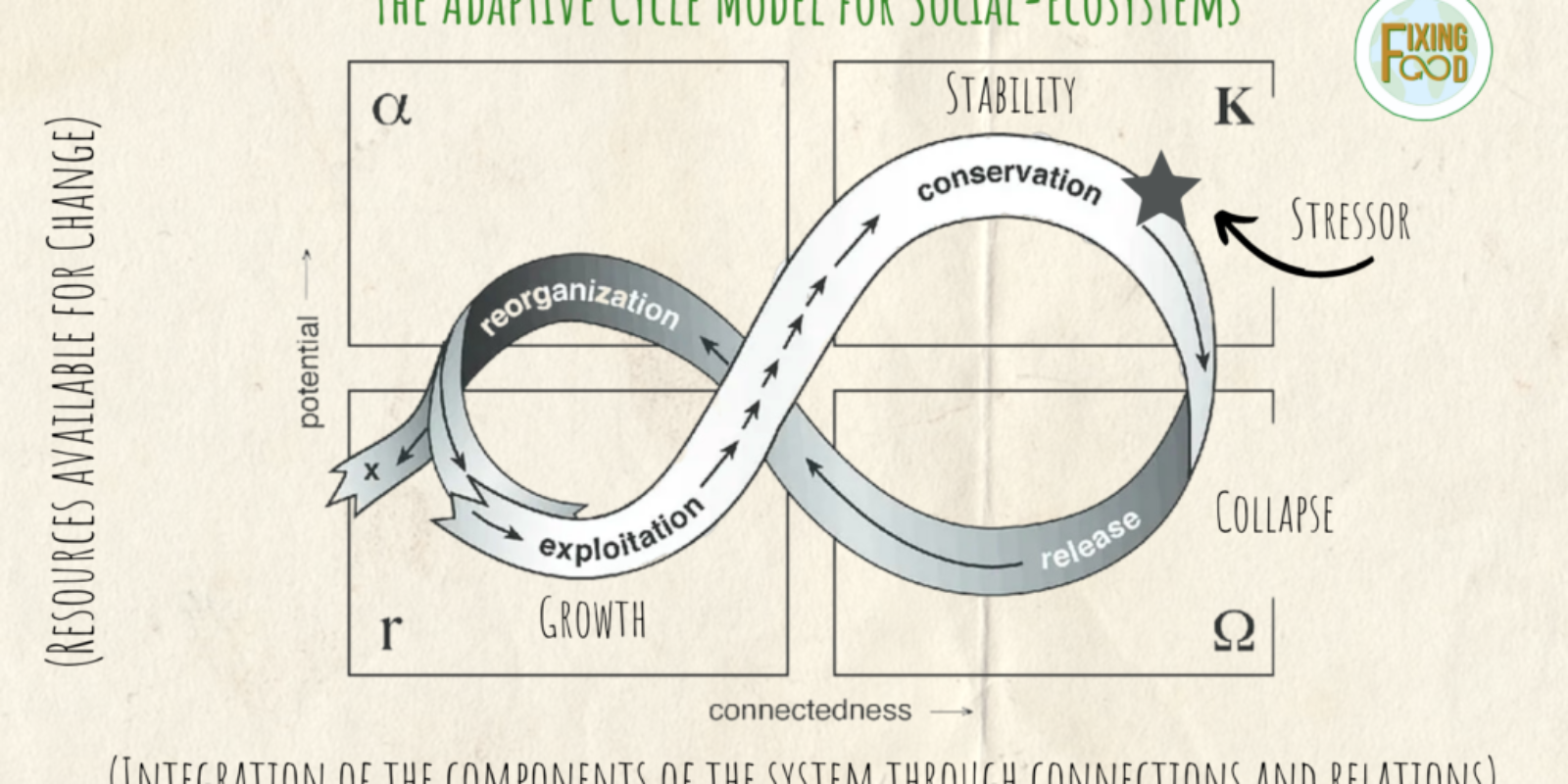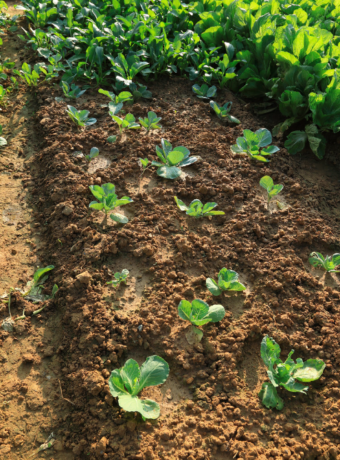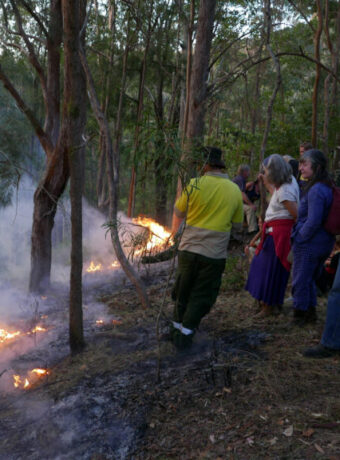Learning how to think in systems is essential for beginner permaculturalists as it enables them to understand and design garden systems that work in harmony with nature. Permaculture is based on the principles of ecology and sustainability, which means that all elements of a garden system are interconnected and affect each other in various ways. Beginner permaculturalists must learn how to think in systems, as it allows them to understand how the different components of their garden, such as plants, animals, and soil, interact with each other. By thinking in systems, beginner permaculturalists can identify the underlying patterns and relationships within their garden system and design solutions that address the root causes of problems rather than just treating the symptoms. This approach helps to create more efficient and resilient garden systems that require less input and are less susceptible to problems such as pests and diseases. Ultimately, thinking in systems is crucial for beginner permaculturalists, as it allows them to create sustainable and self-sufficient garden systems that work in harmony with nature.
The adaptive cycle model
The adaptive cycle model is a useful framework for understanding the dynamics of social ecosystems, which are complex systems made up of people, communities, and institutions. This model helps us to understand how social ecosystems go through cycles of growth, stability, crisis, and renewal.

The adaptive cycle model consists of four phases: growth, conservation, release, and reorganization. In the growth phase, social ecosystems are characterized by innovation, experimentation, and expansion. New ideas and practices emerge, and there is a sense of openness and possibility.
As social ecosystems continue to develop, they enter the conservation phase. During this phase, the focus is on stability and maintenance. Existing structures and practices are reinforced, and there is a sense of comfort and security.
However, social ecosystems can become stuck in the conservation phase and resist change. This can lead to a crisis, where the system becomes overwhelmed by external pressures or internal tensions. The release phase is characterized by breakdown, uncertainty, and loss. Old structures and practices are disrupted, and there is a sense of chaos and disorientation.
Finally, the reorganization phase is marked by renewal and the emergence of new structures and practices. Social ecosystems are able to adapt to new circumstances and move forward with a renewed sense of purpose and direction.
The adaptive cycle model can help us to understand how social ecosystems respond to change and how we can support their resilience and adaptability. By recognizing the different phases of the adaptive cycle and the dynamics of social ecosystems, we can work to foster innovation and experimentation, while also supporting stability and maintenance. We can also prepare for crises and disruptions by building resilience and promoting learning and adaptation.
In conclusion, the adaptive cycle model is a powerful tool for understanding the dynamics of social ecosystems and supporting their resilience and adaptability. By recognizing the phases of growth, conservation, release, and reorganization, we can work to create social ecosystems that are responsive, adaptive, and sustainable. Whether we are working in communities, organizations, or institutions, the adaptive cycle model can help us to navigate change and build a better future for ourselves and our planet.



